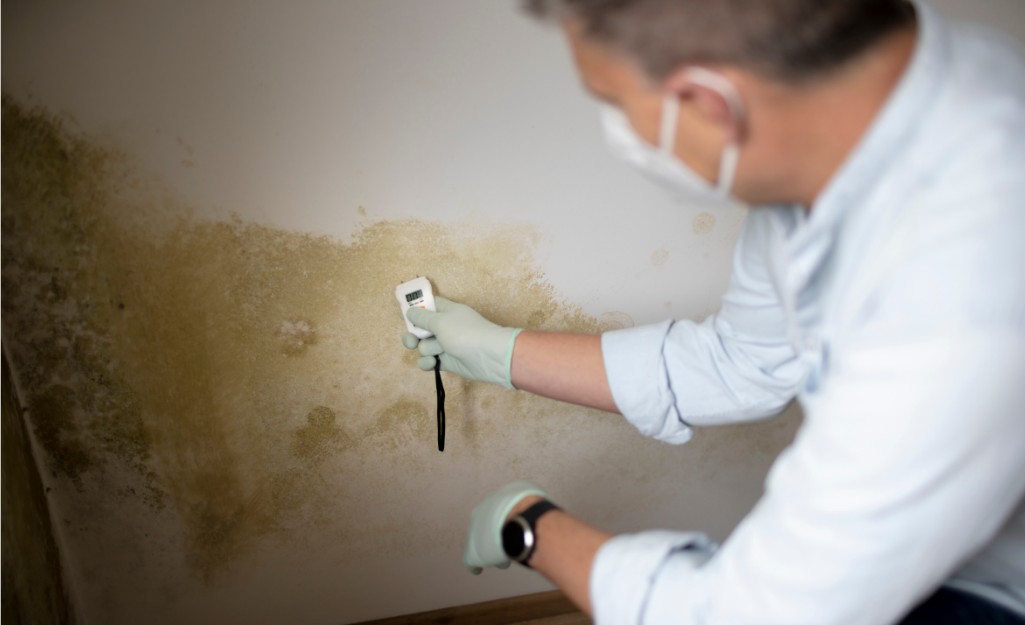Just about everyone has got their own piece of advice in relation to How to Fix a Water Damage Bathroom.

The washroom is very vulnerable for wet build-up and prospective water damage as a result of the frequent use water in it. This article offers basic inspection strategies to assist detecting water damages hazards.
The constant use of water in the washroom makes it incredibly at risk for damp buildup as well as possible water damage. By evaluating it frequently, you can lower water associated problems.
The following collection of evaluations is very easy to perform as well as should be done when in every 3 months in order to keep your washroom in good shape as well as to stop prospective water problems caused by the tub, the shower, pipeline joints as well as plumbing, sinks, closets, and the bathroom
Do not forget carrying out these assessments and be extensive while doing them. Remember that these easy assessments can conserve you a lot of money by supplying very early indications for water damages
Bath tub and Shower
The shower as well as bath tub call for special focus and upkeep. Examine the floor tiles and change if fractured. Make sure that there is no missing cement between the floor tiles. Evaluate and also replace broken caulking at joints where the walls fulfill the flooring or the bathtub. Clogged drains as well as pipelines troubles will avoid the tub from drying out and also might indicate serious issues underneath the bath tub. Consult with an expert promptly to stop architectural damages. Take notice of stainings or soft locations around the bath tub wall surfaces as they might indicate an internal leakage.
Plumbing
Signs for water damage are hard to discover considering that a lot of pipelines are mounted inside the wall surfaces.
Pay unique focus to floor covering and also wall surfaces dampness and also discolorations as they might show an invisible plumbing trouble. Examine dampness degrees in adjacent spaces also.
Sinks as well as Cabinets
Sinks as well as cupboards are subjected to wetness as well as humidity daily and are frequently neglected. Inspect regularly under the sink and on the kitchen counter over it. Repair any type of drip in the trap as it may suggest drainpipe troubles. Browse the sink, sluggish draining pipes may indicate an obstructed drainpipe. Change sink seals if they are broken or loose.
The Toilet
The commode is an at risk water joint. Inspect the water lines and search for leakages around the bathroom seat, in the hose pipe, and under the water tank. If you identify any kind of indications of moisture on the floor around the commode, look for leaks in the toilet rim and also storage tank seals.
Understand that hanging toilet dish antiperspirants enhances the chances for clogs.
TIPS TO PREVENT WATER DAMAGE IN THE BATHROOM
The average household uses approximately 80-100 gallons of water per person per day. For a family of 4, that's almost 2,500 gallons of water a week! The largest portion of this consumption comes from bathroom use. Flushing the toilet uses the most water, followed by taking a shower or bath. With that much water running through the home, water damage in the bathroom is bound to happen. Knowing how to spot signs of a water leak is essential to preventing long-term damage. This guide provides you with tips to reduce the impact of water damage on your bathroom.
CAUSES OF BATHROOM WATER DAMAGE
- Pipe breaks are the most common cause of water damage we see in our daily jobs. The age of a pipe plays a large role in a pipe break as well as corrosion. Over time, the metal begins to break down, allowing water to escape. Frozen pipe breaks are also a concern in the winter months.
- Toilet overflows caused by paper products or children flushing inappropriate items.
- Degraded caulking around the toilet or bathtub can allow water seepage, sometimes behind the fixture, into the subfloor or walls.
- Condensation forms when the water in a pipe is cooler than the air temperature. Beads of water form on the exterior of the pipes, sometimes so much so that the water begins to drip and pool below.
- Sink or shower backups created by poor drainage.
HOW TO PREVENT WATER DAMAGE IN YOUR BATHROOM
- Inspect your toilet supply line for worn or frayed hoses and replace them as needed.
- Winterize your plumbing to prevent a frozen pipe break.
- Use vent fans to prevent condensation that can lead to mold growth.
- Routinely check and replace degraded caulking around your toilet or bathtub.
- Increase the temperature in your toilet tank and insulate your pipes during the warm summer months to keep condensation from forming.
- Use child safety locks on the toilets.
- Flush only toilet paper. "Flushable" wet wipes are actually not good for your plumbing system. Additionally, feminine hygiene products should not be flushed.
- Prevent water from escaping the tub or shower. Make sure shower curtains are in good condition. Inspect shower doors and replace the seal strip if necessary.
- Wipe up any water that accumulates on the floor and use bath mats. Water left to sit can cause damage to the tiles and flooring.
- Refrain from using bath products containing heavy oils to avoid a clogged drain.

I have been very interested in How to Fix a Water Damage Bathroom and I'm hoping you enjoyed reading my article. Enjoyed our article? Please share it. Help other people locate it. I am grateful for your time. Visit again soon.
Request Free Estimate
Comments on “Ways to Repair a Water-Damaged Wall in the Bathroom”